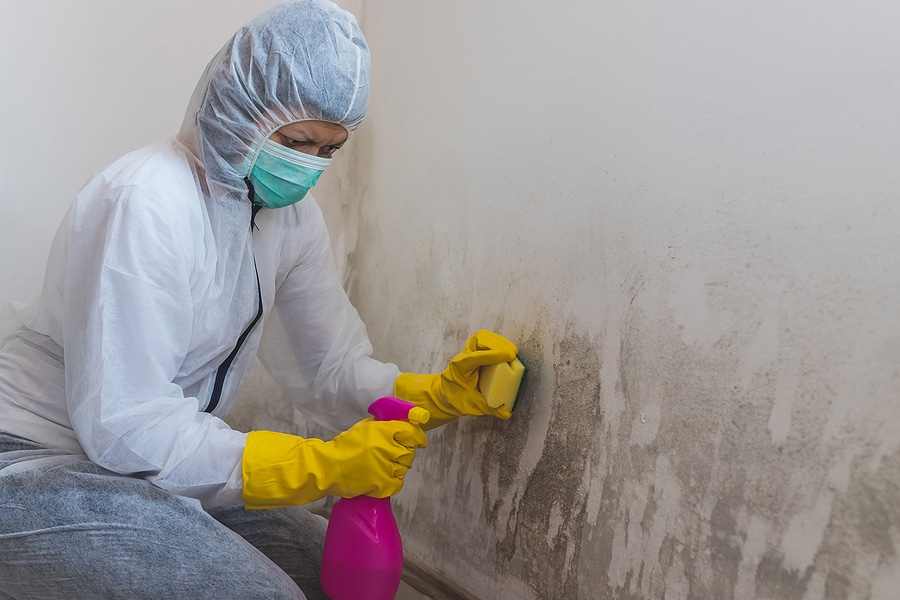9 Things to Do if Your Home Inspector Finds Mold
Home inspections are a crucial step in the home-buying process, providing buyers with valuable insights into the condition of the property. Sometimes, however, these inspections uncover issues that can be alarming, such as the presence of mold. While mold is a common problem in many homes, it’s essential to address it promptly to safeguard your health and protect the structural integrity of your property. Continue reading to learn more from the team at CalPro Inspection Group.

1. Understand the Types of Mold
Before panicking, it’s important to understand that not all molds are created equal. Some molds are relatively harmless, while others can pose serious health risks. The home inspector should be able to identify the type of mold present and its potential implications. Common types include Aspergillus, Penicillium, and Stachybotrys (black mold).
2. Assess the Extent of the Mold Problem
Determine the extent of the mold issue. Is it a small, localized problem, or has it spread extensively throughout the property? Knowing the scope of the problem will help you develop an appropriate action plan.
3. Consult Professionals
Mold remediation is a task best left to professionals. Hire a qualified mold remediation specialist to assess the situation and provide a comprehensive plan for removal. These professionals have the expertise, equipment, and safety measures to handle mold effectively.
4. Get Multiple Quotes
Don’t settle for the first remediation quote you receive. Reach out to multiple certified mold remediation companies to clearly understand the scope of work and associated costs. This will help you make an informed decision and potentially save money.
5. Address the Source of Moisture
Mold requires moisture to thrive, so it’s crucial to identify and eliminate the water source promoting mold growth. This might involve fixing leaks, improving ventilation, or addressing other issues contributing to excessive moisture in your home.
6. Follow Remediation Protocols
Once you’ve chosen a remediation professional, make sure they follow industry best practices and protocols. This includes containing the affected area, using appropriate protective gear, and employing effective removal techniques to prevent further contamination.
7. Document the Process
Keep detailed records of the mold remediation process. This documentation can be valuable for future reference, especially if you decide to sell the property. It provides transparency and reassurance to potential buyers that the mold issue was properly addressed.
8. Consider Insurance Coverage
Check your homeowner’s insurance policy to see if mold remediation is covered. While not all policies include mold coverage, some may offer assistance depending on the mold’s cause and the extent of the damage.
9. Monitor for Recurrence
After remediation, monitor your home for any signs of mold recurrence. Regular mold inspections and maintenance can help prevent future issues and ensure a healthy living environment.
CalPro Inspection Group proudly provides northern California residents with professional inspections. Contact us today at (800) 474-3540 to request your inspection or request a quote.
